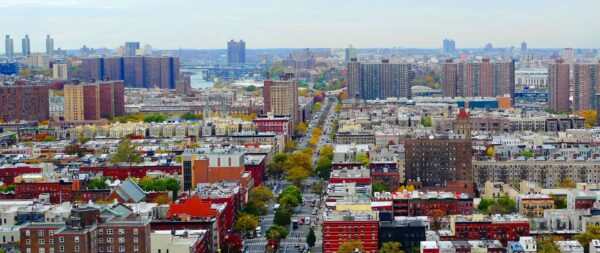Hamburg attractions are wide. There are several beautiful sights to behold in the city. Hamburg is a big port city located in northern Germany and connected to the North Sea. This area is traversed by hundreds of canals and features significant open space expanses. The Port of Hamburg, the city's most well-known landmark, is the city's most notable landmark. Besides serving as an essential transportation hub, Hamburg has developed into one of Europe's most important cultural and commercial centers and is an important tourist destination. Read on as we discuss Hamburg attractions – the most beautiful places to visit in Hamburg.
10 Hamburg Attractions to Visit
1. Hamburger Kunsthalle
The Hamburger Kunsthalle is one of the top Hamburg attractions. It is the official art museum of the Free and Hanseatic City of Hamburg in Germany. It is one of the country's major art museums, with over a million pieces on display. Founded in 1817, the Hamburg Kunstverein was responsible for establishing the museum's collection in 1849.
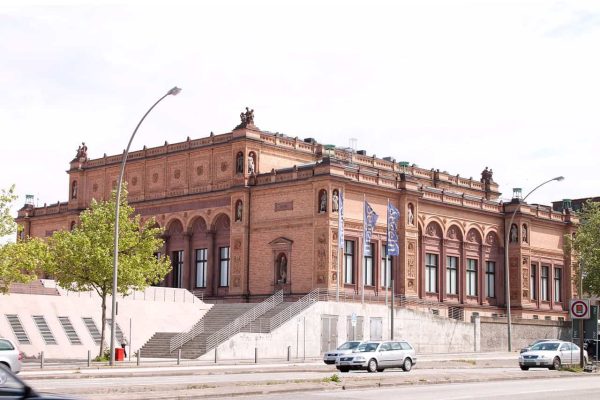
The museum's collection has been in existence since that time. The Kunsthalle is divided into four sections: the Gallery of Old Masters, the Gallery of 19th-century Art, the Gallery of Classical Modernism, and the Gallery of Contemporary Art. The Gallery of Old Masters is the largest section of the Kunsthalle, with the Gallery of 19th-century Art being the smallest. It is also noted for its international contemporary art collections and exhibitions, which are housed at the Kunsthalle.
2. Mahnmal St-Nikolai
St. Nicholas Church was a Gothic Revival cathedral in Hamburg, Germany. It was once one of the city's five Lutheran Hauptkirchen. From 1874 to 1876, St Nikolai church was the world's tallest building, and it is still Hamburg's second-tallest edifice. The exhibition at the museum focuses on three World War II events: the German bombing of Coventry in 1940, the German destruction of Warsaw and Operation Gomorrha, and the combined British and American bombing of Hamburg over three days and nights in 1943, which killed 35,000 people and destroyed much of the city center.
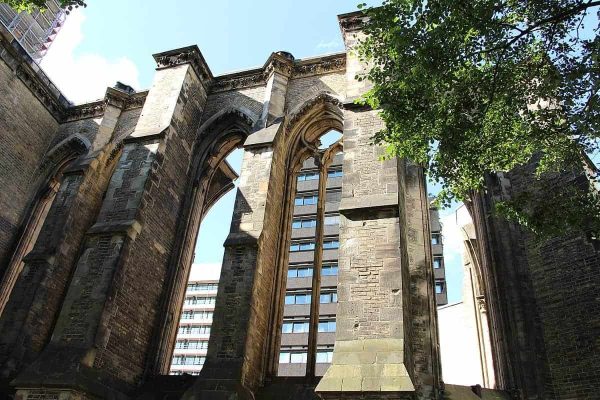
The Church of St. Nicholas is currently in disrepair as a result of the World War II bombing, the removal of its ruined walls and rubble in 1951, and restoration work on the tower in the 1990s and 2012. The group is in charge of preserving the church's current structure, repairing, organizing events and displays in the church, and running an information center in the church's crypt. Despite all these, it is still one of Hamburg's attractions.
3. Speicherstadt
Speicherstadt is one of the beautiful Hamburg attractions. It is the world's largest warehouse district, with buildings built on timber-pile foundations, in this instance oak logs. Hamburg, an independent and sovereign city, has been a member of the German Confederation since 1815. The neighborhood was designed as a free zone to allow commodities to be transferred without paying customs. Both the district and the neighboring area are being redeveloped as of 2009.
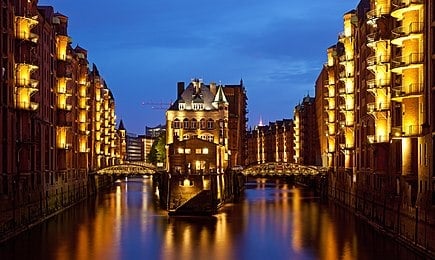
On July 5, 2015, it was designated as the first UNESCO World Heritage Site in Hamburg. The Speicherstadt is a significant tourist destination in Hamburg and the focal point of the majority of harbor tours. There are a number of museums in Hamburg, including the Deutsches Zollmuseum, Miniatur Wunderland, and the Hamburg Dungeon. The Afghan Museum was also here, but it closed in 2012. The structures are often utilized as warehouses. As of 2005, Speicherstadt's companies handled one-third of the world's carpet production.
4. St. Michael's Church
St. Michael's Church is one of Hamburg attractions and the most well-known of the city's many churches. It was erected between 1750 and 1762 in the Baroque style and is one of the city's most notable landmarks. One of the most popular activities for visitors to this Catholic church is to climb its 132-meter-high tower, nicknamed locally as “Michel”.

Keep an eye out for the beautiful bronze statue of Archangel Michael defeating the devil, which can be found over the entryway. The Krameramtswohnungen is located in a courtyard to the east of the church. These houses were initially constructed to shelter widows of members of the local Shopkeepers' Guild. There's also a decent museum nearby.
5. Alster Lakes
Alster lakes can't be overlooked while mentioning Hamburg attractions. In Northern Germany, the Alster is a right tributary of the Elbe. Its source is near Henstedt-Ulzburg in Schleswig-Holstein, and it runs south through much of Hamburg's Free and Hanseatic City before joining the Elbe in central Hamburg.

The Alster river was made into a water reservoir by a dam in medieval times to power mills on its banks. This molded the central Hamburg landscape, which now consists of two lakes, the Außenalster (Outer Alster) and the Binnenalster (Inner Alster) (Inner Alster). The Outer Alster is bordered by old trees, verdant parks, and gorgeous mansions in the Winterhude, St. Georg, and Rotherbaum districts, giving it a refined, exquisite beauty.
6. Ohlsdorf Cemetery

Ohlsdorf Cemetry is among Hamburg attractions. It is one of the most important and largest rural cemeteries in the world. There are several prominent memorials, including those devoted to victims of Nazi persecution, the WWII Hamburg Firestorm, and anti-Nazi resistance members. Over two million people visit the memorials, monuments, and museums each year while wandering through the delightful gardens along the 17 kilometers of streets and walks.
7. Altona & The Altonaer Museum

The Altonaer Museum is a museum located in the Hamburg suburb of Altona. It is one of the most common Hamburg attractions. It concentrates on Northern Germany's art and cultural history, presenting the cultural and historical evolution of the Elbe region around Altona, Schleswig-Holstein, and the North Sea, and the Baltic coasts. Museumstrasse, which goes north from the Palmaille's end, leads to the Altonaer Museum, which houses exhibits on the geology, scenery, settlement, and economy of Schleswig-Holstein and the Lower Elbe region. Displays of nautical antiquities, such as ancient models and intact ship figureheads, are other noteworthy.
8. Jenisch House

Jenisch House is a 19th-century country house in Hamburg that exemplifies Hanseatic culture and neoclassical design. Between 1831 and 1834, Franz Forsmann and Karl Schinkel designed the house for Martin Johann Jenisch. It was used as a rural residence by Jenisch. It is one of the superb Hamburg attractions. The superb Neoclassical 19th-century Jenisch House is located here, with rooms reflecting the taste of the prosperous middle classes in styles ranging from Louis XVI to Art Nouveau, all of which are preserved in the on-site museum, which is a branch of the Altona Museum.
9. Schloss Ahrensburg
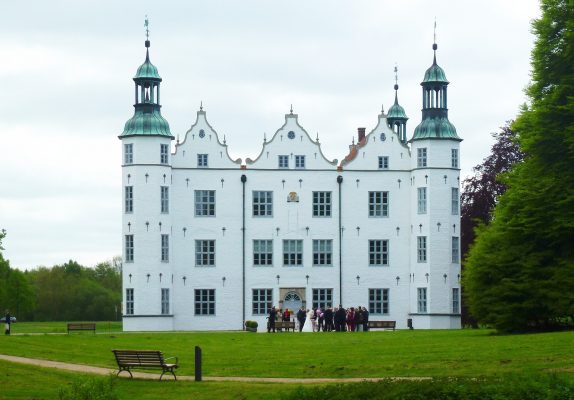
Schloss Ahrensburg is a historical Herrenhaus that has been transformed into a castle. It is located near Ahrensburg, in the German state of Schleswig-Holstein, not far from Hamburg. The castle, which is now a museum, was erected in 1595 and has many of its original interiors and furniture, affording a unique glimpse into the lives of country nobles. Schloss Ahrensburg can't be overlooked in the list of Hamburg attractions.
10. The Historic Organ at St. James' Church

After St. Michael's, St. James Church is one of the city's most important religious sites. Since 1255, a church has stood on this site, which was outside the city walls at the time. It is the last on our list of Hamburg attractions. The magnificent 14th-century structure has several important artifacts and architectural highlights, including medieval altars. Its Arp Schnitger organ, however, is perhaps its most important feature. Visitors can hear this masterpiece performed live, often with the church's choir, during regularly scheduled concerts and recitals.
We hope you will enjoy your stay in Hamburg.



